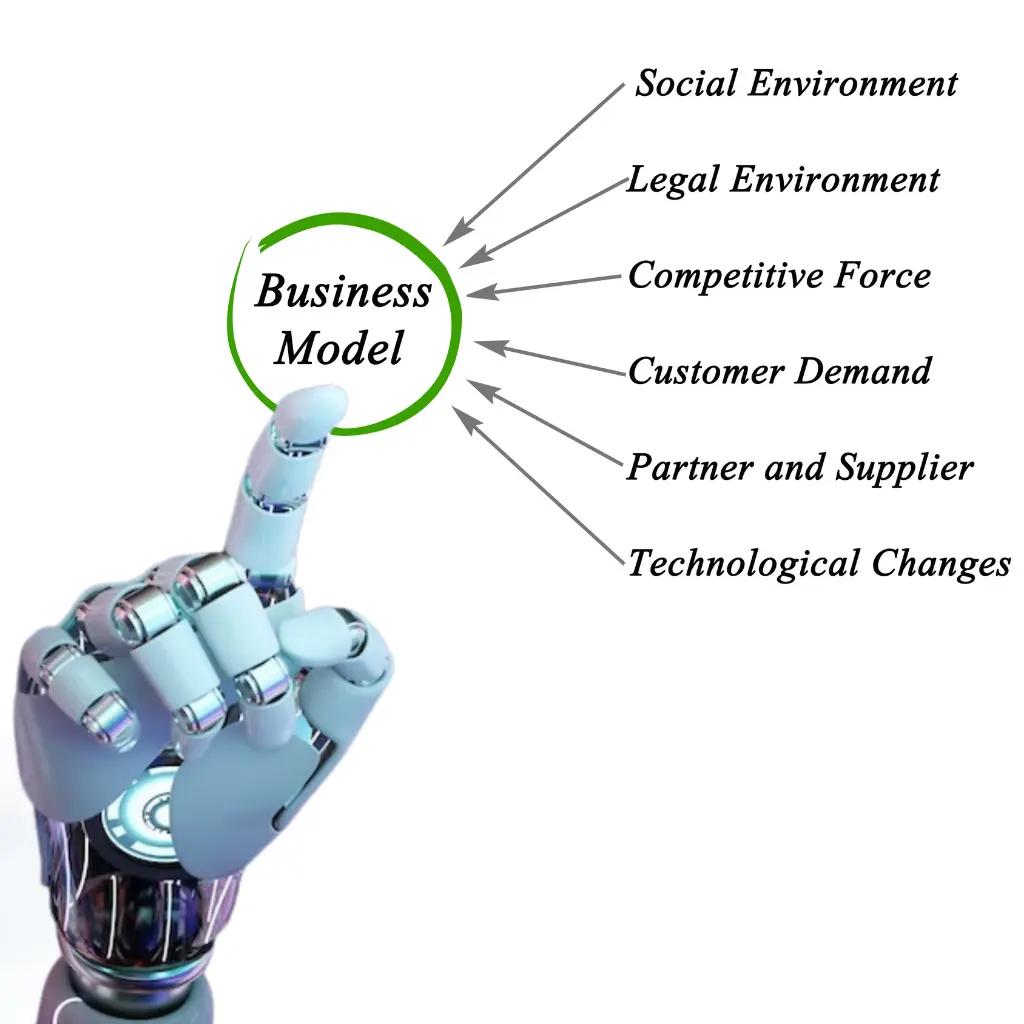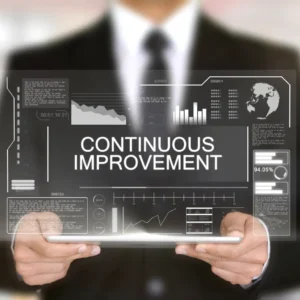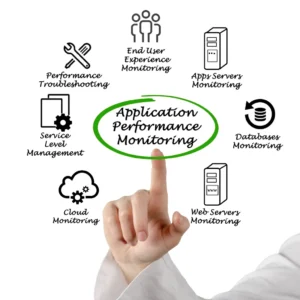Navigating the Roadblocks of IPA – The Top 9 Challenges
Roadblocks of IPA (Intelligent Process Automation) in an organisation may seem daunting, but the rewards are significant. Overcoming obstacles like resistance to change, integration with legacy systems, and maintaining data quality, scalability, and security are crucial.



















